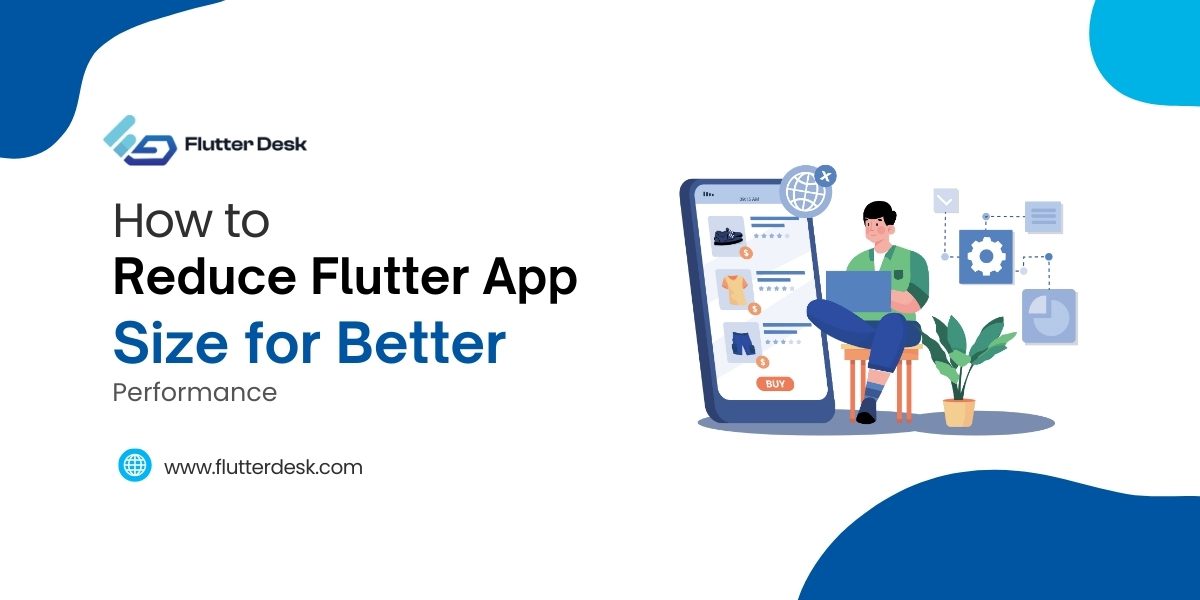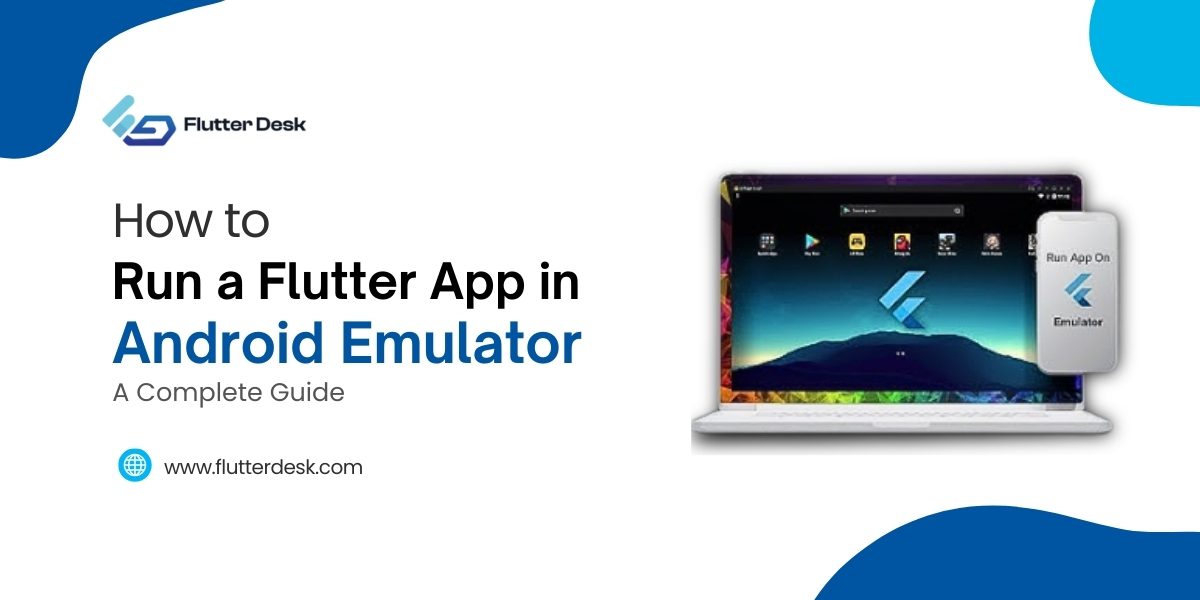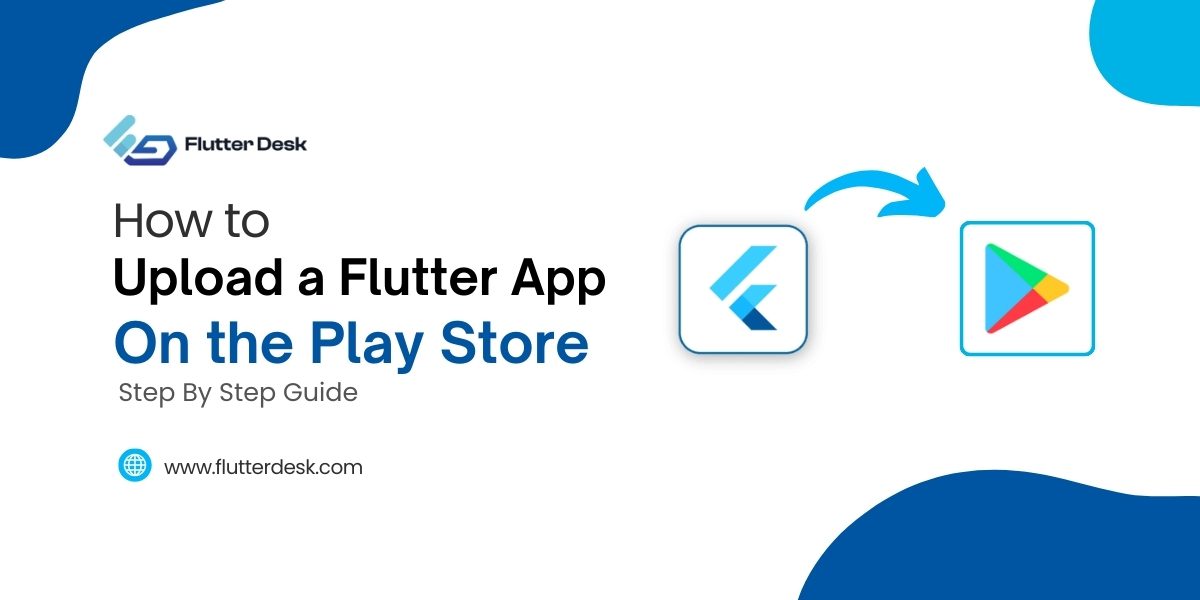In the mobile-first digital environment of today, integrating artificial intelligence (AI) into mobile applications is a competitive advantage rather than an choice. Mobile apps can now provide smart, real-time experiences as machine learning (ML) tools become more widely available.
Google’s UI toolkit for creating cross-platform apps, Flutter, enables developers to combine great design with sophisticated performance. This manual looks at embedding machine learning models into Flutter applications so that AI-enabled mobile development may be fully realized.
Understanding Machine Learning in Mobile App Development
Machine learning, a core branch of AI, enables mobile systems to analyze data, learn from patterns, and evolve their responses without explicit programming. In mobile development, this means apps can understand text, recognize images, or predict user preferences—all on-device.
By leveraging mobile ML models, developers are building smart apps that deliver on-device natural language processing (NLP), real-time image classification, and predictive user interactions. Whether it’s voice input, sentiment detection, or personalized recommendations, intelligent app features are transforming user expectations.
Why Integrate Machine Learning in Flutter?
Flutter’s reactive UI system and single codebase make it a powerful choice for deploying ML-powered features across Android, iOS, and web platforms. Here’s why using machine learning in Flutter apps makes a difference:
- Enhanced Personalization: ML helps deliver tailored experiences based on user behavior and interaction data, boosting retention and engagement.
- Real-Time AI Processing: Flutter apps powered by machine learning can process live data instantly. This makes them ideal for fitness tracking, finance monitoring, or translation apps.
- Cutting-Edge Functionality: Integrating AI in Flutter allows developers to implement advanced features like gesture control, face detection, and AI voice assistance. These capabilities work seamlessly within a mobile interface.
Setting Up Your Flutter + ML Toolkit
Before integrating AI into your cross-platform app, make sure your Flutter development environment is fully configured:
- Install Flutter SDK: Download from flutter.dev and follow your OS-specific instructions.
- Choose Your Editor: Android Studio or Visual Studio Code (with Flutter/Dart plugins) offer robust support for building AI features into Flutter apps.
- Create Your App Project: Launch a new Flutter project with flutter create my_app to establish your foundation for ML model integration.
Selecting the Right Machine Learning Model
Choosing an ML model depends on your app’s AI capabilities. For visual tasks, Convolutional Neural Networks (CNNs) are great for object recognition. For language-based features—like chatbot responses or translation—Recurrent Neural Networks (RNNs) or Transformer-based models are more suitable.
Consider edge AI performance: lightweight models run faster and consume less battery, which is critical in mobile ML deployment. Striking the balance between model accuracy and mobile efficiency ensures smooth, intelligent user experiences.
Implementing Machine Learning in Flutter Apps
Flutter developers can use a range of AI integration tools, from pre-trained models to custom TensorFlow architectures, making AI mobile development more practical than ever.
Using Pre-Trained AI Models
Pre-trained ML models are a fast-track for implementing tasks like emotion detection, image classification, or keyword extraction. These models are ideal when building intelligent app features quickly without training from scratch.
Deploying ML with TensorFlow Lite
TensorFlow Lite (TFLite) is tailored for running machine learning on mobile and embedded devices. It supports optimized on-device inference, making it a top choice for Flutter + AI apps.
Add the TFLite Plugin:
dependencies:
flutter:
sdk: flutter
tflite: ^1.0.0
Load the Model:
import 'package:tflite/tflite.dart';
void loadModel() async {
String res = await Tflite.loadModel(
model: "assets/model.tflite",
labels: "assets/labels.txt",
);
print(res);
}
Run Inference:
var recognitions = await Tflite.runModelOnImage( path: "assets/image.jpg", numResults: 5, );
These simple calls enable intelligent mobile interfaces that process user input directly on the device.
Training and Integrating Custom ML Models
If your AI app needs precision beyond what pre-trained models offer, consider training your model using TensorFlow or PyTorch. After training, convert the model into a TFLite-compatible format to enable efficient edge AI deployment in your Flutter app.
Custom training allows for higher accuracy, unique use-case support, and control over data flow—perfect for apps needing advanced personalization or niche functionality.
Leveraging Firebase ML Kit for Smart Features
Firebase ML Kit offers out-of-the-box AI services for Flutter, such as:
- Optical character recognition (OCR)
- Face and landmark detection
- Image labeling and barcode scanning
Firebase’s APIs streamline AI app development, helping you deploy smart features with minimal boilerplate.
- Connect Firebase: Set up Firebase services in your project.
- Use ML Kit Plugin: Access machine learning functionalities via simplified plugin calls within your Flutter codebase.
Best Practices for ML-Powered Flutter Apps
To ensure top performance and user trust, follow these Flutter AI development tips:
- Model Optimization: Reduce file sizes using quantization and pruning to improve app speed and reduce memory usage.
- Comprehensive Testing: Validate model accuracy and behavior across devices, OS versions, and screen resolutions.
- Data Privacy Compliance: Respect user data and comply with regulations like GDPR when implementing AI features involving user input or biometric data.
Final Thoughts
The future of app creation centers on building smart, quick-to-respond, and flexible mobile apps, with machine learning as the cornerstone. Flutter developers can roll out state-of-the-art AI features without giving up speed or the ability to grow by using tools like TensorFlow Lite and Firebase ML Kit.
Whether you’re using pre-trained models or training custom ML setups, adding machine learning to your Flutter projects puts you at the leading edge of mobile breakthroughs. What’s the outcome? Cleverer apps, more engaging user experiences, and a mobile product ready for what’s next.










